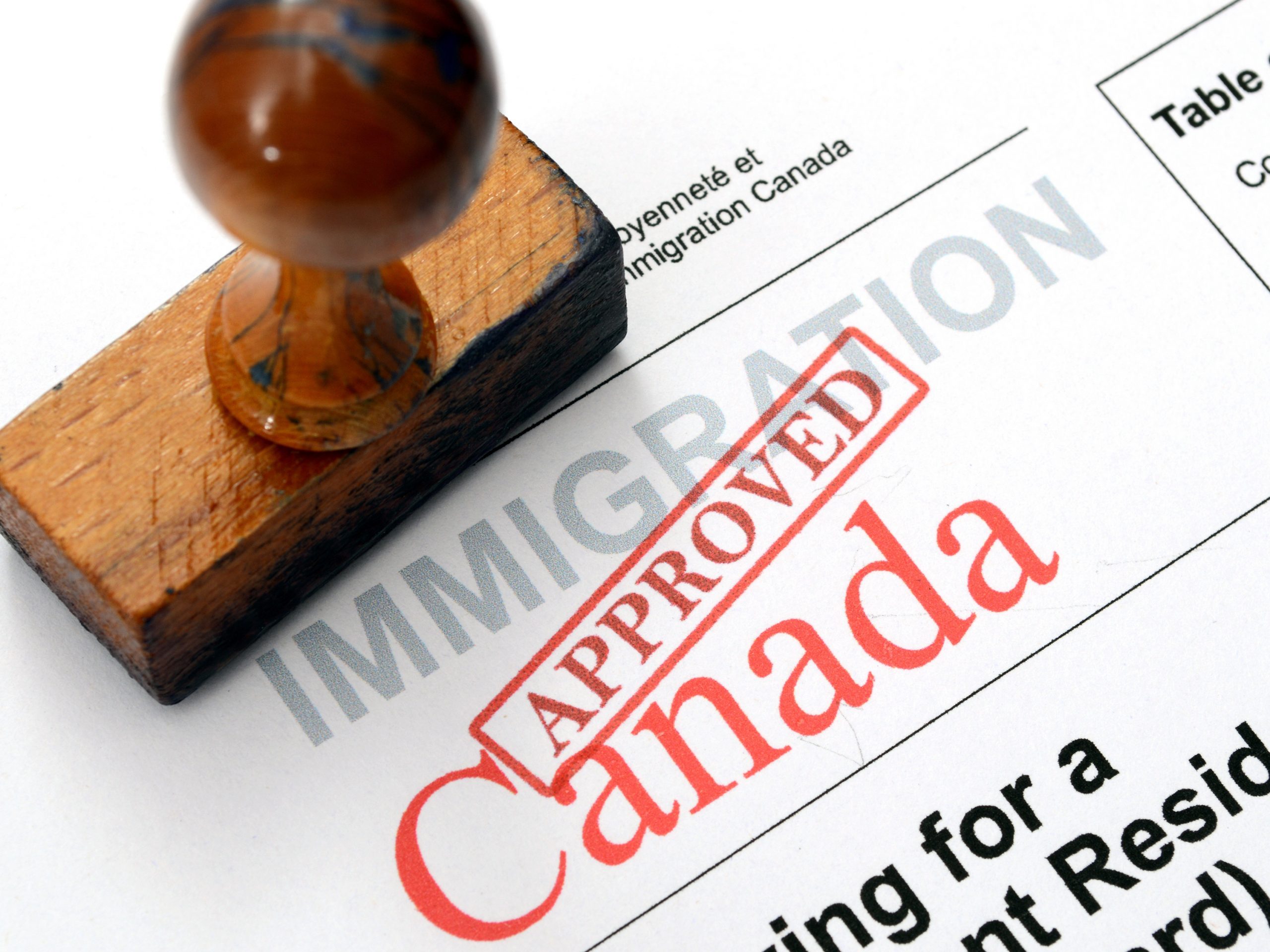Close watchers of Canadian domestic political debate might have been surprised when an expert on US cable TV recently proposed Canada as manager of some mid-term, UN-backed resolution of the Israel-Hamas conflict.
At first this flies in the face of current rhetoric about Canada as a broken country or worse. Yet changing population data suggest other recent numbers that defy the rhetoric as well.
Canada has a land area slightly larger than the adjacent United States. For some time, however, the total Canadian population has been slightly smaller than the population of the most populous US State of California.
Now in the waning days of 2023 it has become clear enough that the (currently declining) total population of California is somewhat less than 39 million. And the still rising population of Canada is somewhat more than 40 million.
It is no longer true, in other words, that Canada’s total population is smaller than the population of the most populous state of the Union next door.
The history of this statistic since 1870/1871 — after the end of the US Civil War in 1865 and the start of Canadian confederation in 1867 — is also an intriguing short story in its own right.
The first decennial census mandated in the constitution of the 1867 confederation was held in 1871. The total population was reported as some 3.7 million.
The first decennial census in the United States after the Civil War had been held in 1870. The most populous state of the Union at this point was New York. And its total population was some 4.4 million.
Right at the start of the 1867 confederation the population of the vast Canadian geographic territory was smaller than the population of the most populous state of the Union next door.
The “Empire State” of New York similarly remained the most populous state of the Union until 1970, when the title passed to the “Golden State” of California. And as traced by decennial census data, New York continued to enjoy a greater population than all Canada until 1961.
Then for the first time since 1867 the total population of Canada was greater than the population of any American state — including the most populous — in the bubbling decennial census years of 1960/61, 1970/71, and 1980/81.
During this same 1960s–1980s period Canada’s population as a percentage of the total population of the United States broke 10% for the first time (up from an all-time low of just over 7% at the start of the 20th century). From here it continued to rise, to 11.3% in 1990/91.
Then in the early 21st century Canada’s population as a percentage of the total population of the United States fell somewhat again, ultimately below 11.0%. Meanwhile, by 1990 California already had almost 30 million people, while Canada languished with just somewhat more than 28 million in 1991!
For a second time since 1867, in other words, Canada’s total population was smaller than the population of the most populous state of the Union next door. And this reassertion of the old trend carried on in 2001, 2011, and even 2021!
At the same time, by the decennial census years of 2020 and 2021 Canada’s total population as a percentage of total US population had once again started to rise — to some 11.2% in round numbers (up from 10.9% in 2010/11).
And this, so to speak, helped set the stage for the latest 2023 discovery of a total Canadian population that is once again greater than the population of any state of the Union, including the current most populous Golden State of California.
Finally, all this could at least be said to raise the prospect that what lies ahead of Canada right now may have something in common with the demographically dynamic 1960s, 1970s, and 1980s — a time that brought the world both the Canadian flag of 1965 and the Constitution Act, 1982 (with its Canadian Charter of Rights and Freedoms).
In no conceivable future of course could a Canada with even both somewhat more than 11% of the US population and more people than the most populous US state compete directly with the friendly giant next door.
But it can at least improve its relative position somewhat. And any seriously broken or worse country wouldn’t be doing any such thing, as Canada is right now.






